Takom 1/16 Horten Go-229 Standing Pilot # 01023
The pilots of the Horten Ho 229 were envisioned as elite aviators within the Luftwaffe, tasked with operating one of the most advanced and experimental aircraft of World War II.
Given the cutting-edge nature of the Ho 229, its pilots required specialized training, exceptional skill, and the ability to adapt to the unique challenges posed by the aircraft’s innovative design.
Elite Training:
Pilots selected for the Ho 229 program would likely have undergone rigorous training, including experience with high-speed flight, jet propulsion, and unconventional aircraft handling.
At the time, jet aircraft like the Messerschmitt Me 262 were already in operation, so pilots transitioning to the Ho 229 would have been drawn from this pool of experienced jet aviators.
Adaptability to Flying Wing Design:
The Ho 229's tailless flying wing configuration required a different approach to flight control.
Pilots needed to adapt to the absence of a vertical stabilizer and rely on advanced control surfaces, such as elevons, to manage pitch, roll, and yaw.
This design demanded precise handling and a deep understanding of aerodynamics.
Jet Aircraft Proficiency:
As one of the earliest jet-powered aircraft, the Ho 229 introduced pilots to the unique characteristics of jet propulsion, including higher speeds, delayed throttle response, and the need for careful energy management during combat and landing.
Stealth and Tactical Awareness:
The Ho 229's stealth characteristics and potential for high-speed interception made it a strategic weapon.
Pilots would have been trained in tactics to exploit these advantages, such as surprise attacks on Allied bombers and evasion of enemy radar.
Courage and Experimental Mindset:
Flying the Ho 229 required significant bravery. As a prototype aircraft, it presented inherent risks, including untested systems, limited reliability, and the experimental nature of its design.
Pilots had to be comfortable with uncertainty and capable of managing emergencies in-flight.
Known Pilots and Test Flights:
While the Ho 229 never entered operational service, a few Luftwaffe test pilots were involved in its evaluation.
These individuals were highly skilled and worked closely with the Horten brothers and engineers to assess the aircraft’s performance.
The most notable test flight occurred in December 1944, when the second prototype (V2) was flown successfully.
Unfortunately, a subsequent crash revealed stability and reliability issues, highlighting the challenges faced by pilots.
Legacy:
The pilots of the Horten Ho 229 were pioneers in aviation, bridging the gap between conventional propeller-driven aircraft and the jet age.
Their experiences contributed to the understanding of high-speed flight and advanced aerodynamics, influencing post-war developments in military aviation.
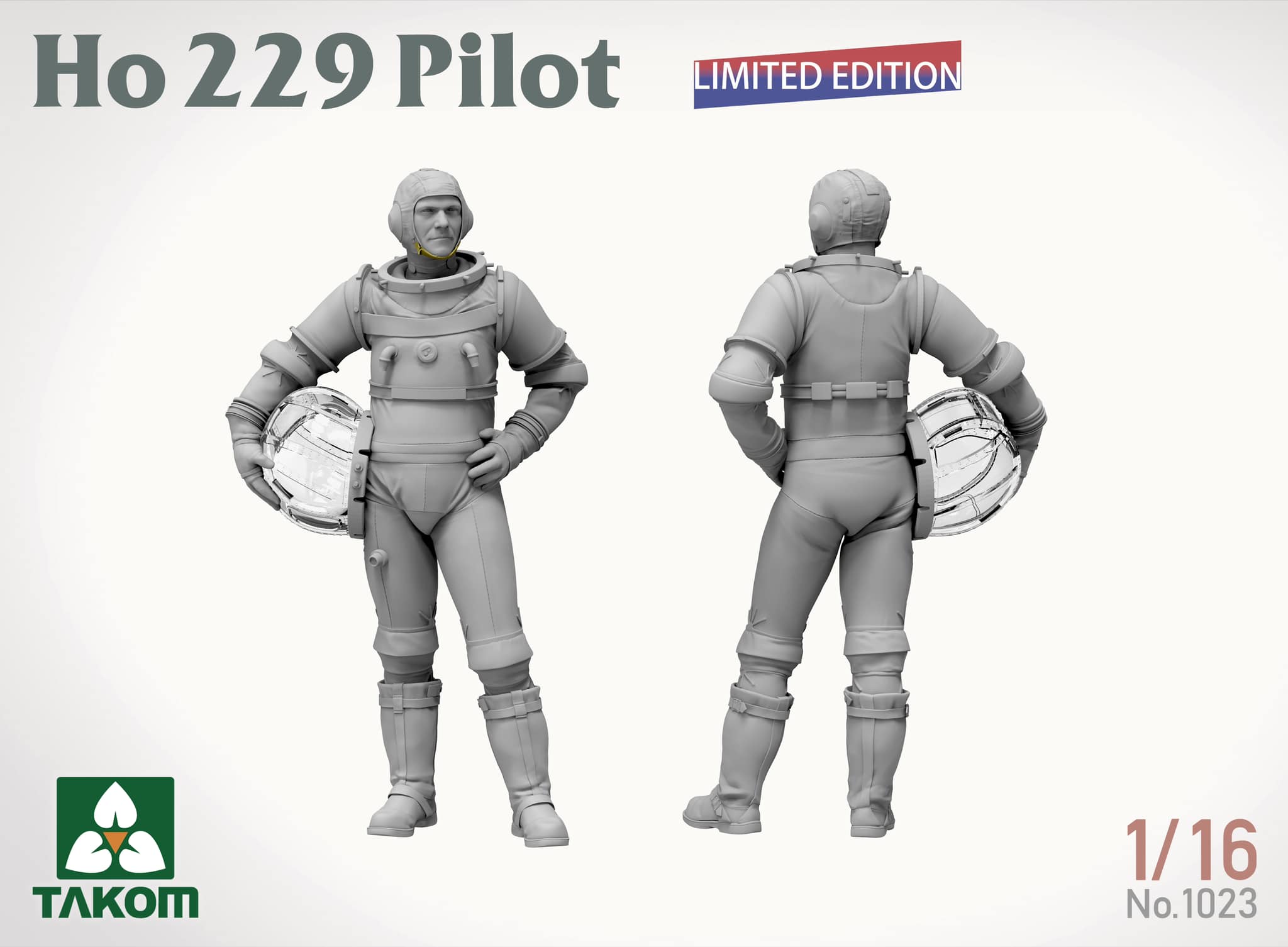




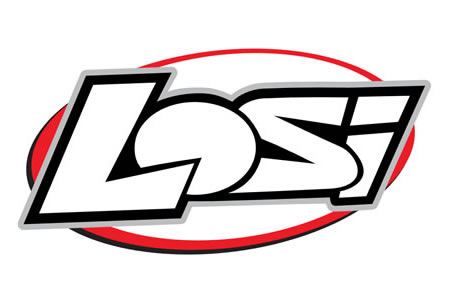

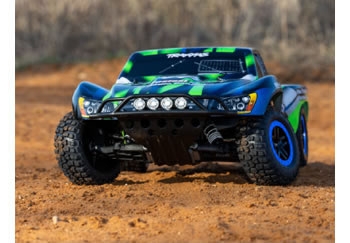
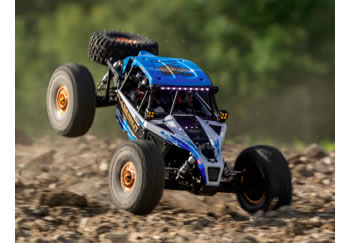
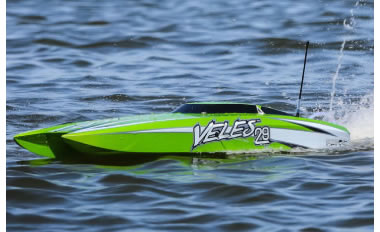
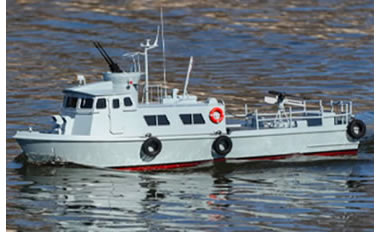
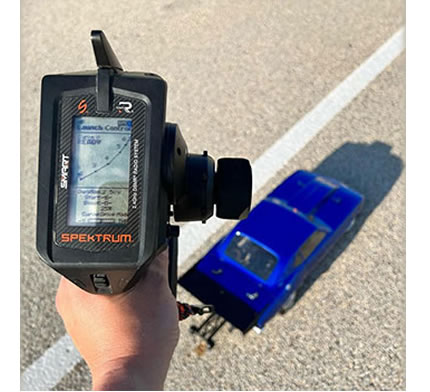
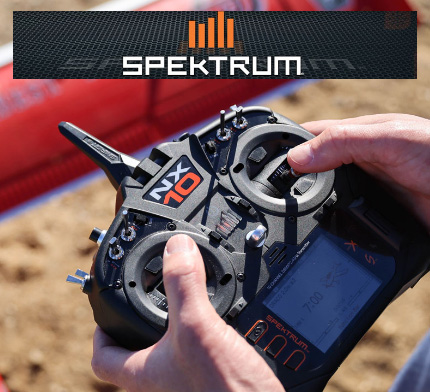

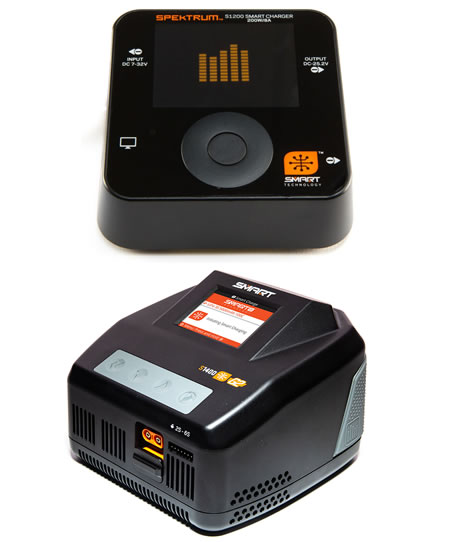




 Spread the cost with Paypal Credit
Spread the cost with Paypal Credit
 Spread the cost with Klarna
Spread the cost with Klarna













